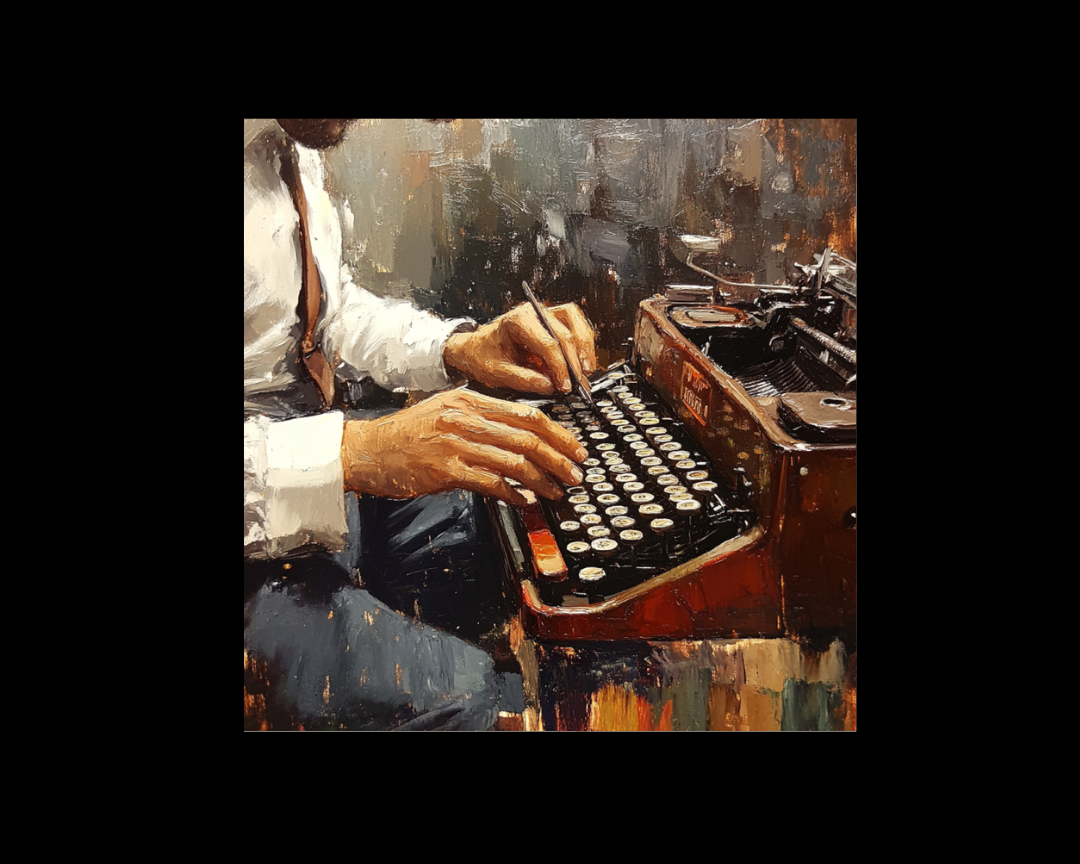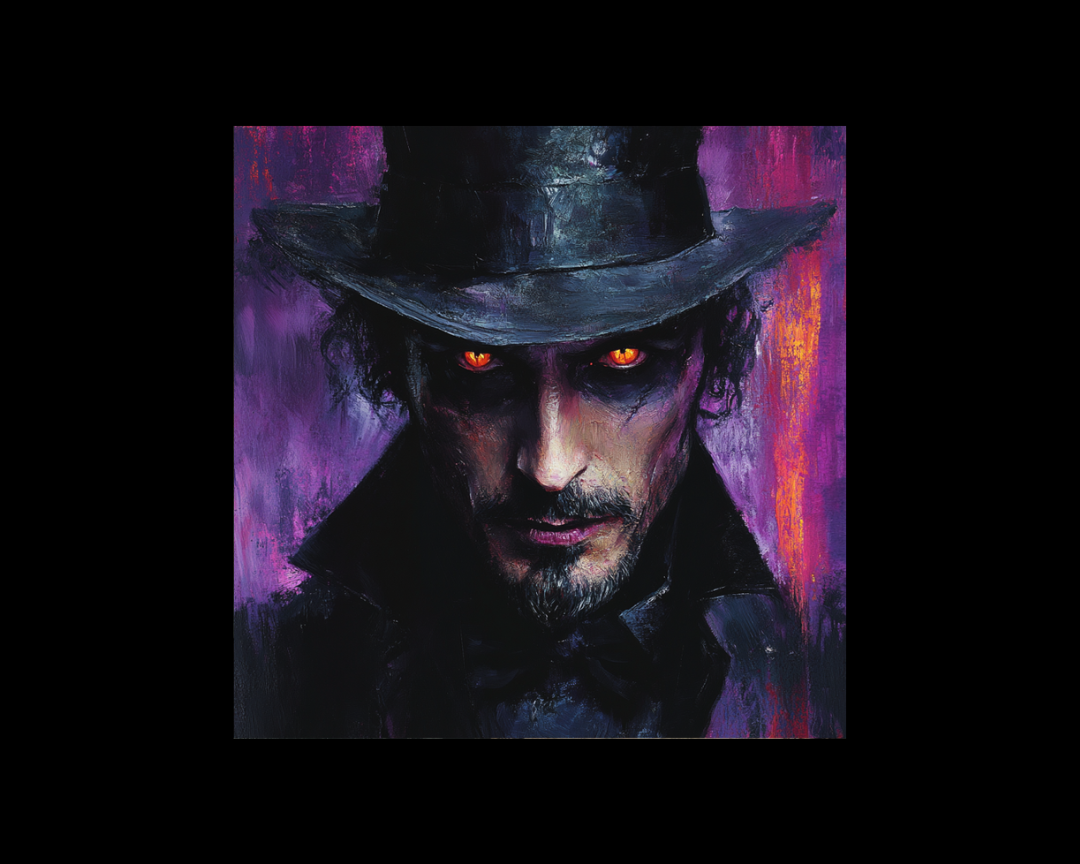Great Novellas and How to Write Them
The novella occupies literature's sweet spot—long enough to develop complex themes yet short enough to sustain perfect tension throughout. Ian McEwan...
6 min read
 Writing Team
:
Mar 31, 2025 2:08:51 PM
Writing Team
:
Mar 31, 2025 2:08:51 PM

As an adult, writing for teenagers can feel somewhat daunting. The vernacular seems to evolve constantly and rapidly, and before you know it, a common phrase is now unforgivably cringe. Don't fret, however, because many of the challenges of writing YA can be simplified by understanding the difference between writing for teenagers versus writing about them.
This distinction is crucial. Writing about teenagers often results in observational, detached narratives that may appeal to adults reminiscing about youth. Writing for teenagers means creating stories that resonate with the lived experience of today's young adults, honoring their perspective and emotional reality.
No one wants to be cringe, particularly not where teenagers are concerned.
Why? Because they will tell you. Trust me—if you've spent any time writing Young Adult fiction, you know the importance of getting feedback from actual teens. Try asking your younger relatives or connections to read sections of dialogue or passages of internal first-person monologue to see if your writing passes their authenticity test. Be prepared for honest feedback!
Even if you consider yourself relatively young, things change quickly in the teenage world. Whether it's references to cultural moments that have long since stopped being relevant, or even turns of phrase, the adolescent zeitgeist is a swiftly moving thing, particularly in this very digital age. Being aware of what matters to today's young adults is essential. Even if you're writing a story set in a different time or a different world entirely, think carefully about the common threads between your young protagonists and your modern readers.
As a writer of both Young Adult and adult fiction, consider the following five key elements when crafting YA:
Let's dive into each of these areas to help you write more authentic YA fiction.
Voice is perhaps the clearest distinction between writing for young adults versus about them. To create an authentic teen voice:
Remember that if you're writing with the aim of publication, you're writing for the teens of today, not your own teen self. This doesn't mean banishing your teenage experiences entirely. Your memories can remind you of what was important during those formative years, but distill those memories down to their essence—what universal truth lies within them?
For example, if you experienced adolescent betrayal or humiliation, the specific technology or context may have changed, but the emotional core remains relevant. Today's teens might FaceTime rather than call, use different apps, or have different expectations about connectivity, but the feelings of rejection, excitement, or confusion remain constant.
To keep your finger on the pulse:
While exploring voice, take a moment to consider if yours is the right voice to tell your story. If you're writing about experiences that aren't your own, ensure you're diligent in your research and thorough in your characterizations. Writing is an act of radical empathy, and your goal should be developing characters who feel real and fully realized.
When considering perspective for your YA novel, two key decisions will shape your work:
First, identify where your book sits within the YA spectrum. An 11-year-old reader has different needs and expectations than a 17-year-old. While you should never patronize your reader, your stylistic choices will vary depending on whether you're targeting younger or older YA audiences.
Second, choose your narrative perspective carefully. Consider first person, third person, or even second person narration, as well as your choice of tense.
First person is common in YA for good reason. The adolescent experience is full of newness, firsts, and big feelings. First-person narration provides that close-up, zoomed-in look at a life that heightens the chaos and tension of the teenage years while fostering intense empathy.
If writing in first person, immerse yourself in adolescent speech patterns. Success lies in capturing the cadences and rhythms of teenage language—particularly the snark and sarcasm that makes teenagehood so distinctive. Some of the wittiest dialogue appears in YA fiction because teenagers excel at quick, sharp comebacks.
Third person can work beautifully in YA fiction too, especially in fantasy, where the wider lens allows for rich world-building and perspective shifts. When using third person, keep your adult voice in check and allow your narrator to empathize deeply with your protagonist. This approach helps avoid judgmental moralizing that teenage readers quickly reject.
Some authors even experiment with second-person narration, which can be particularly effective for stories exploring identity and placing readers directly in perspectives different from their own. While this approach isn't for everyone, it can create powerful emotional experiences in a genre that thrives on heightened emotions.
Schools dominate YA literature for good reason. They're environments with minimal adult supervision where teens spend most of their time. The school setting contributes to character development while creating a pressure cooker for tension—hundreds of hormonal people with developing impulse control confined together for hours each day.
However, your YA setting doesn't have to be a traditional school. Any environment that serves the same function can work effectively. Look for settings that:
Alternative settings that work well include medieval-inspired courts, reimagined historical settings, summer camps, sports teams, or even fantasy worlds with their own coming-of-age institutions.
Remember that "world-building" applies to contemporary realistic fiction too, not just fantasy and sci-fi. Even if your characters exist in a familiar setting, bring their world to life by exploring how they affect their environment and how it shapes them. Often, a shift in the character's world—from starting a new school to facing an intergalactic conflict—triggers the story's events.
In YA fiction, the world must be viewed through the teenage protagonist's lens. They are the center around which the story develops. Even if they're not the "chosen one" of the story, they must be your chosen one as the writer. Imagine them as a reverse prism, with narrative strands converging through them to form a cohesive story.
YA romance requires careful consideration of what's appropriate for your target audience within the YA spectrum.
For younger YA readers, romance typically focuses on the newness of the experience with less explicit content. Think first crushes, butterflies in the stomach, and the confusion of emerging feelings. Characters experience physical reactions but may not reflect deeply on why they're occurring.
For older YA readers, romance often explores more complex emotional territory. Older teens become increasingly self-conscious, thinking less about what their bodies are doing and more about how they appear while doing it. Romance jolts them back into bodily awareness, creating an interesting tension. Characters might analyze physical reactions, deny feelings, or struggle to appear indifferent.
Don't shy away from sexuality in YA fiction—with raging hormones, it's a very real part of adolescence. However, consider how romance serves your narrative. In effective YA fiction, romantic plotlines develop alongside the protagonist's growth, helping readers understand character development. Teen romance is often all-consuming, allowing you to explore vivid emotional states that adult fiction might approach more distantly.
As a YA writer, you have a responsibility to your readers not to present them with too much too soon. This doesn't mean avoiding difficult subjects or self-censoring, but rather thinking carefully about what resonates with your audience.
There's no need to be prudish—craft stories that encourage open conversations around sexuality, gender, and identity. These topics are central to teenage development, and promoting shame can lead to harmful repression. Consider how your presentation of orientation, gender, and race might impact readers at a formative time in their lives.
To create authentic characters that teens can relate to:
Even when writing fantasy or science fiction, placing your characters in relatable contexts makes them more accessible to teen readers.
Remember that good YA should be no less sophisticated than adult literature, even if it uses more accessible language. YA fiction thrives on emotional intensity and high stakes, creating environments full of play, romance, and self-discovery. Above all, don't patronize your readers! Today's teens are sharp, savvy, and value authenticity above all else.
Understanding the distinction between writing for teenagers versus writing about them is the foundation of successful YA fiction. When you write for teens, you acknowledge their reality and respect their perspective. You create stories that speak to their experiences while offering the emotional intensity and authenticity they crave.
Your teenage characters should feel like real people facing real challenges, even in fantastical settings. They should make mistakes, experience profound emotions, and grow in ways that resonate with your readers. By focusing on authentic voice, strategic perspective choices, immersive world-building, age-appropriate romance, and responsible representation, you can create YA fiction that truly connects with its intended audience.
Remember that teens are experiencing many things for the first time—first love, first heartbreak, first major challenges—and these experiences shape who they become. Honor the significance of these moments in your writing, and you'll create stories that resonate long after the last page.

The novella occupies literature's sweet spot—long enough to develop complex themes yet short enough to sustain perfect tension throughout. Ian McEwan...

If you’re considering writing a memoir or wondering what separates a good life story from a bestselling one, this guide breaks down the key elements...

One of the great pleasures of fiction is its power to transport us into the shadowy corners of human nature—safely. We peer into minds we wouldn’t...